
Home - Search - Browse - Alphabetic Index: 0- 1- 2- 3- 4- 5- 6- 7- 8- 9
A- B- C- D- E- F- G- H- I- J- K- L- M- N- O- P- Q- R- S- T- U- V- W- X- Y- Z
The Year in Review - 2004
But you know, the darkest hour -- Is always, always just before the dawn---
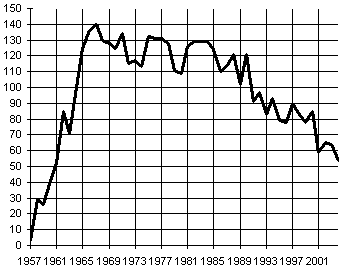 |
The year 2004 saw the continued decline in the exploration and utilisation of space. The number of launches to orbit reached the lowest level since 1961. Given competition by terrestrial technology, the commercial communications satellite industry seemed unlikely to ever expand beyond replenishment of its current constellations.
|
 |
The number of satellites continued its even more spectacular decline, and also reached the lowest level since 1961. Navigation, civilian and military surveillance, earth monitoring, and other applications satellites seemed unlikely to expand the size of their constellations in the future either. Unmanned planetary exploration was being funded at a level beneath the notice of national budget officials. Despite rhetoric about new space initiatives and budget increases, NASA and the Department of Defence seemed only to have perfected the art of spending billions on studies and bureaucracy without producing any hardware.
|
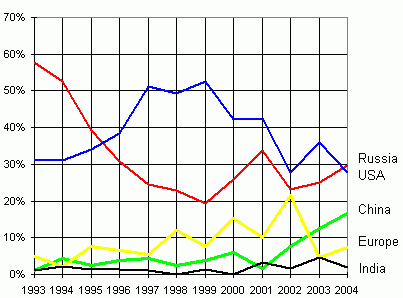 |
In terms of national programs, Russia continued its upward trend under Putin, replenishing its military satellite constellations, and exceeding the US launch rate for the first time since 1995. However the US and Russia each declined to under one third of worldwide launches, while Europe remained under 10%. Only China continued its expansion into space, reaching 17% of the total launches in 2004.
|
 |
With the shuttle off-line, the International Space Station was being operated in sustenance mode by a minimum two crewmembers. China plodding along on its ultra s-l-o-w m-o-t-i-o-n Shenzhou manned space program (funded at one manned launch per year, compared to one per month by the US in the heat of the space race). The number of man-days in space was reduced to a level typical of the days before the Mir space station was launched in 1987.
|
 |
A few bright spots did exist. The winning of the X-Prize by SpaceShipOne demonstrated the first (however limited) manned commercial spacecraft. By year's end the launch was imminent of the Falcon I, one of several new purportedly lower-cost commercial launch vehicles.
|
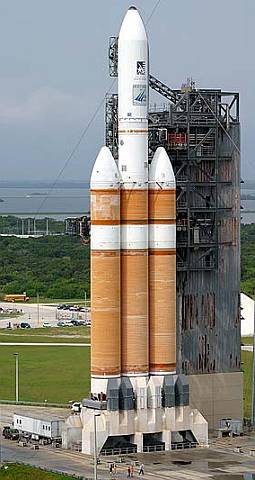 |
The launch of the Delta 4 Heavy at the end of the year went singularly uncommented. It marked the first launch of a new heavy-lift launch vehicle by the United States since the 1960's. The modular vehicle, with all Lox/LH2 engines, would be a natural current-technology replacement for the space shuttle. However NASA raised its typical objections to any booster Not Invented Here. The booster was not 'man-rated' they muttered - without defining what that was or how it mattered (given NASA's spectacularly deadly 'man-rated' space shuttle). Furthermore, use of the booster was limited on politico-legal grounds due to the too-overt methods Boeing had used in acquiring the EELV and other Department of Defence contracts.
|
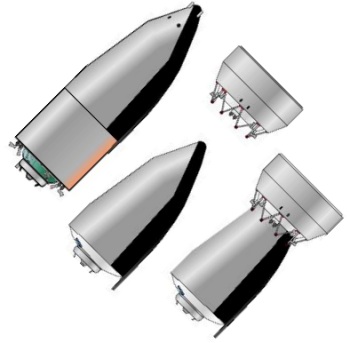 |
Russia continued trying to convince itself or others to finance development of the Kliper as a replacement for the Soyuz manned spacecraft. The Europeans and Japanese continued to throw good money after bad through pure bureaucratic inertia, in a death march to get their space station modules flown aboard the decades-late International Space Station. The EU plunged ahead with the Galileo Navsat navigation satellite system, in the full knowledge that it was going to cost many times more than the original estimate. The Chinese pumped up their military and scientific unmanned space projects, while plodding along on their ultra s-l-o-w m-o-t-i-o-n Shenzhou manned space program (funded at one manned launch per year, compared to one per month by the US in the heat of the space race).
|
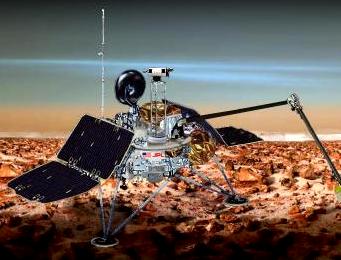 |
Advocates of space exploration could no longer offer any compelling reason for public funding of their interest. NASA had worn the public down after decades of proclaiming that every project and mission would 'reveal the secrets of the creation of the solar system'. Absent spectacular ruins, fossils, or multicelluar life forms, it was unlikely that any discovery NASA could make would motivate the public to throw significantly more money at planetary probes. New plans to develop nuclear power for space immediately ran into technical realities. This saved NASA billions, since in fact world opinion would never allow NASA to orbit nuclear reactors.
|
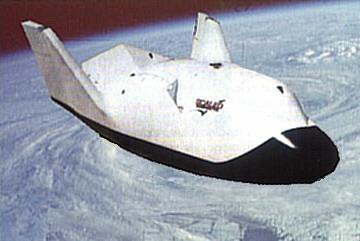 |
Bold plans for manned exploration of the moon and Mars amounted to no more than the same tired election-year rhetoric thrown out every four years in order to appease the one million voters sucking at the teat of the space-industrial complex. NASA was in its customary biannual mode of abandoning previous studies and starting yet another bold new program to develop manned spacecraft or launch vehicle replacements for the shuttle. These endless studies on how best to duplicate what NASA had achieved by 1967 rang as hollow as ever.
|
 |
The only glimmer of reason was on the commercial side. A new prize was announced by Bigelow Aerospace. The $50 million America's Space Prize would go to the first team to launch a five-crew reusable manned orbiter spacecraft. It had to be able to dock by 2010 with one of Bigelow's inflatable space station modules. The combination of these two technologies could produce what Von Braun advocated in 1948 - before the cold war ballistic missile projects and space race crash programs derailed the logical, reusable, high launch-rate approach to space exploration. Unfortunately, robot spacecraft, using electronics undreamed of the 1950's, allow unmanned spacecraft to carry out all of the functions that Von Braun thought humans would be needed for in space.
|
 |
There were in fact no remaining justifications for direct exploration of space by human beings, or for colonisation of other planets. Robot probes had disproved the dreams of space pioneers of welcoming climates on Venus or Mars by 1965. Even under conditions of global overheating, nuclear winter, ozone layer collapse, magnetic field shutdown, a new ice age, an immense asteroid impact, or any other imaginable catastrophe, the earth would still be a much more hospitable place for humans to continue surviving than any other body in the solar system. Those who advocated human expansion into space for purposes of survival of the species and culture could much more economically devote their efforts to the development of closed-environment human colonies on earth in the polar regions, underground, or undersea.
|
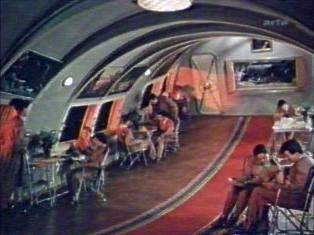 |
The public was more fascinated than ever with outer space, but only that pictured in science fiction films. Here planets were populated by other life-forms that were human in appearance and American in culture. This was perhaps a necessary background for drama, but unachievable without human colonisation of other planets.
|
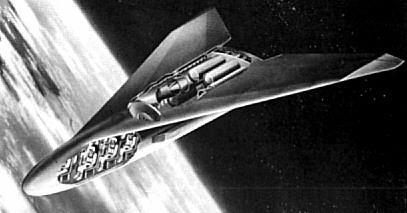 |
Another dream of the space pioneers continued to be ignored. While there was no destination for human beings to reach in space, there was certainly a need for faster transportation around the earth. The early pioneers had imagined boost-glide rocket transports would be an early application of rocketry. While NASA and Europe continued to continue their fifty-year long 'initial' testing of scramjet technology, the possibility of building a reliable commercial vehicle that could take passengers anywhere on the planet in under an hour was not even discussed. Rocket transports, as envisioned by Dornberger, Tsien, Ley, and other visionaries in the fifties, could provide a logical basis for development of reliable rocket technology. No air breathing vehicle could match the performance of such a design or be any simpler in design and technology availability..
|
---been down so long it looks like up to me---
Back to top of page
Home - Search - Browse - Alphabetic Index: 0- 1- 2- 3- 4- 5- 6- 7- 8- 9
A- B- C- D- E- F- G- H- I- J- K- L- M- N- O- P- Q- R- S- T- U- V- W- X- Y- Z
© 1997-2019 Mark Wade - Contact
© / Conditions for Use